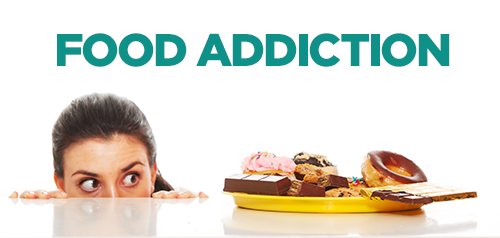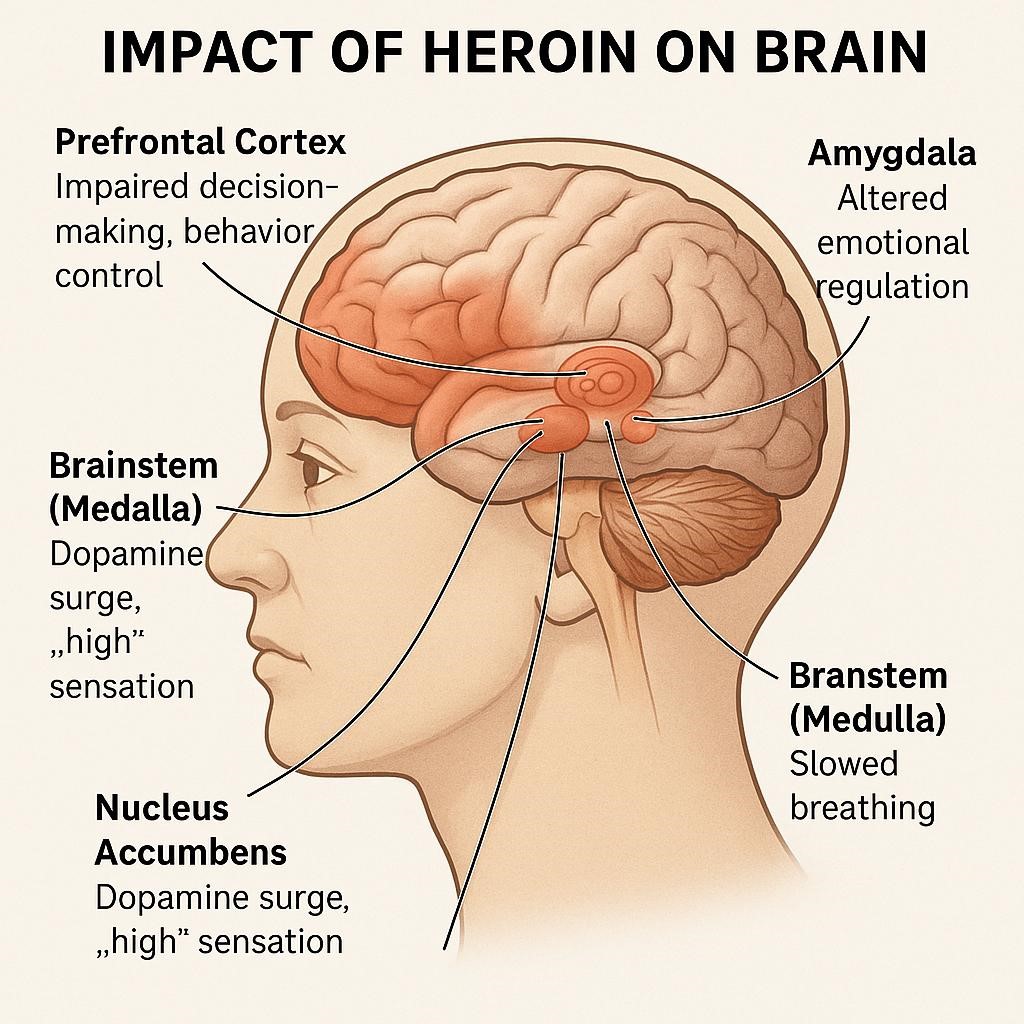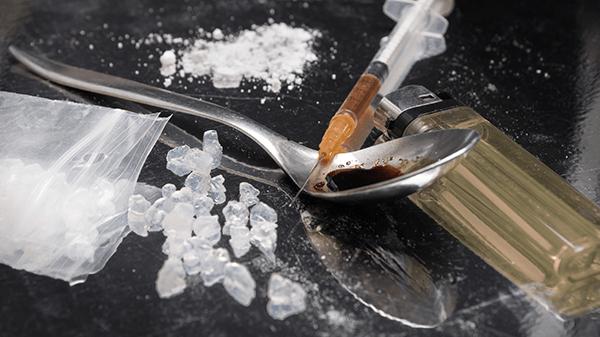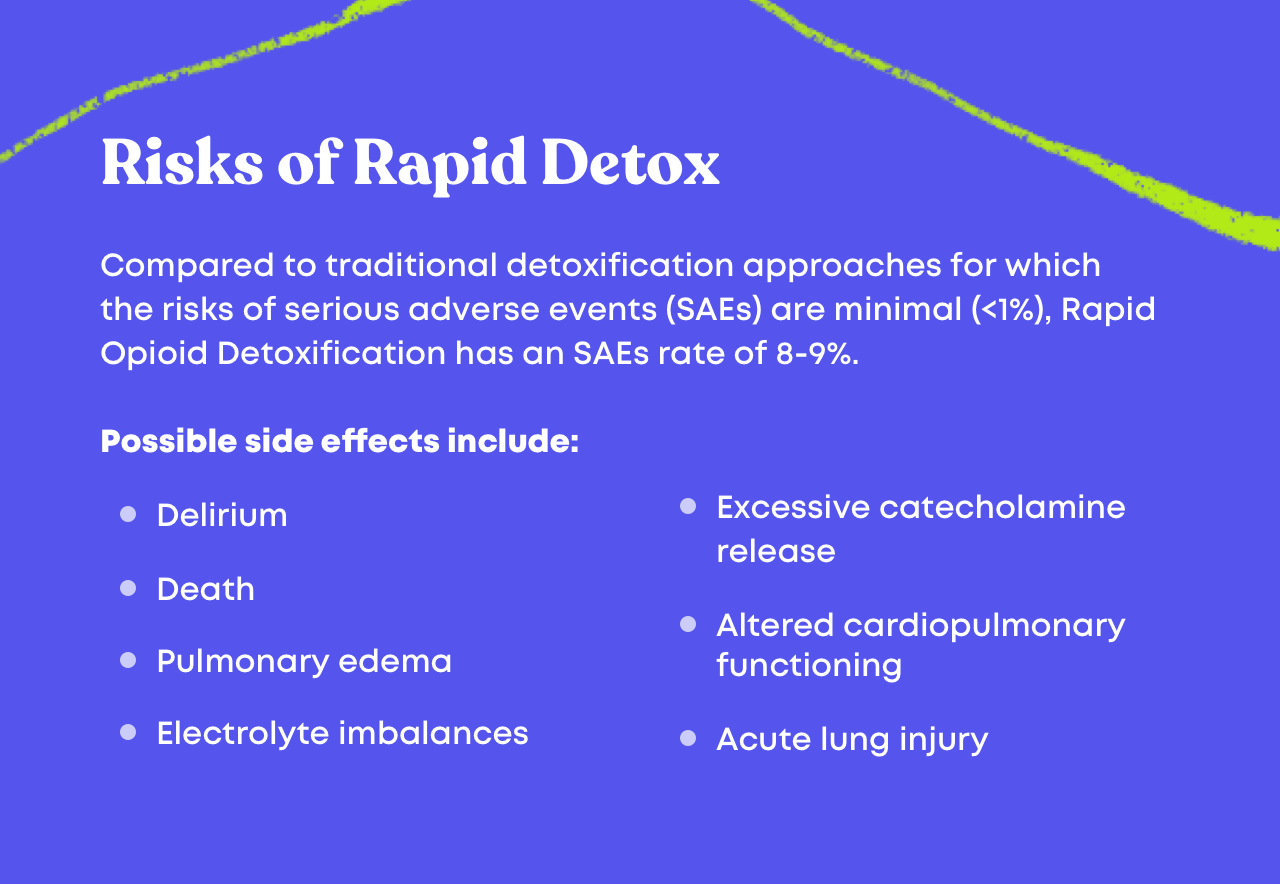
Effective Therapies for Overcoming Food Addiction
Food addiction is a complex condition that can significantly affect a person’s physical health, emotional well-being, and overall quality of life. At New Hope Rehab and Caring Center Islamabad, we

Food addiction is a complex condition that can significantly affect a person’s physical health, emotional well-being, and overall quality of life. At New Hope Rehab and Caring Center Islamabad, we

Introduction Cocaine dependency is a growing concern in Pakistan, especially among young adults and working professionals seeking a temporary escape from stress or trauma. However, what begins as occasional use

In recent years, CBD (Cannabis) misuse and dependence have become growing public health concerns, particularly in Pakistan’s urban centers like Islamabad. Individuals who struggle with CBD addiction may experience severe

In recent years, cannabis use among teenagers has seen a sharp rise globally, and Pakistan is no exception. With the increasing social acceptance and easy access to marijuana, preventing cannabis

Recovering from addiction is a challenging journey, but it doesn’t end after detox or initial treatment. Aftercare support plays a crucial role in sustaining recovery, preventing relapse, and building a

Introduction: Understanding Benzodiazepines and Their Risks Benzodiazepines (commonly called benzos) are a class of prescription drugs used to treat anxiety, insomnia, seizures, and muscle spasms. Popular medications include Diazepam (Valium),

Introduction: Understanding Ecstasy and Its Popularity Ecstasy, also known as MDMA (3,4-methylenedioxymethamphetamine), is a synthetic psychoactive drug that has gained popularity, particularly among young adults and party-goers. Commonly used at

Mental health is no longer a silent struggle—it’s a conversation. At New Hope Rehab and Caring Center Islamabad, we believe healing begins with connection. Group therapy has emerged as one

In today’s fast-paced and stressful world, anger has become a common emotional response. Whether triggered by traffic jams, work stress, relationship issues, or personal disappointments, uncontrolled anger can lead to

Flakka addiction is a growing concern in Pakistan, especially among the youth. Also known as the “zombie drug,” Flakka (alpha-PVP) is a powerful synthetic stimulant that causes intense paranoia, hallucinations,

Rapid detox is increasingly gaining attention as a fast-track solution to drug detoxification, especially for individuals battling opioid addiction. But how safe is rapid detox really? At New Hope Rehab

Alcohol addiction is a chronic disease that can affect anyone, regardless of age, background, or lifestyle. However, recovery is possible with the right support and structured treatment. At New Hope

In today’s fast-paced digital world, mental health issues such as anxiety, depression, and substance addiction have become increasingly common. Fortunately, the rise of online treatment options has made it easier

Introduction Mental health recovery is not a journey that should be walked alone. In today’s world, where mental health awareness is gaining much-needed attention, family support services are emerging as

Relapse is one of the biggest challenges in the journey to recovery from addiction. Whether it’s drug addiction, alcohol abuse, or behavioral dependency, the risk of falling back into old

What is Heroin? Heroin is a potent, habit-forming drug and part of the opioid family of drugs that includes oxycodone, codeine, methadone, and fentanyl. Heroin and codeine are both natural

Introduction:- Ice addiction, also known as crystal methamphetamine use disorder, is one of the most dangerous and rapidly growing substance use problems globally. Commonly known as “ice” due to its

Addiction continues to be a growing concern in Pakistan, affecting individuals and families across all socio-economic backgrounds. With increasing awareness about drug and alcohol dependence, more people are seeking fast
WhatsApp us